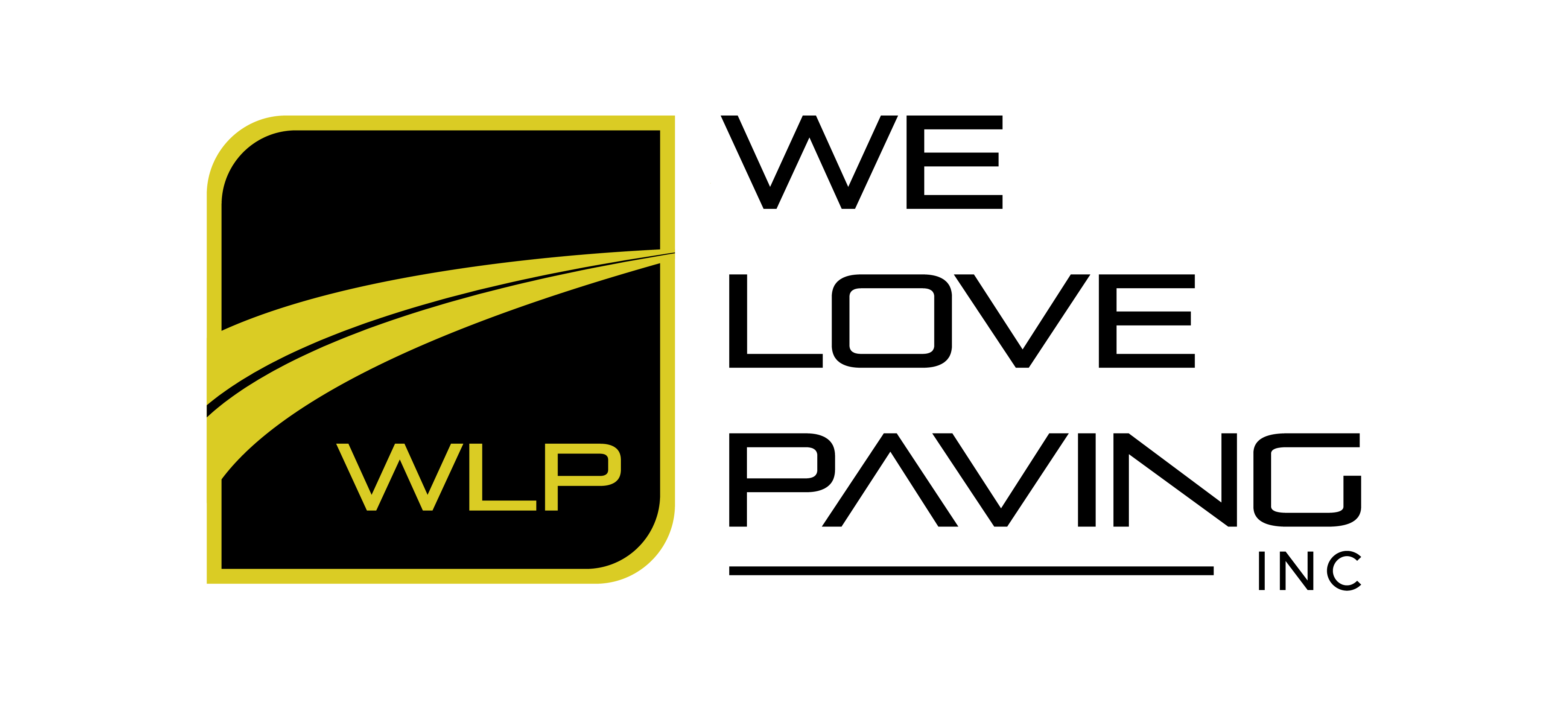Managing a property means managing its pavement — but most budgets forget that asphalt has a life cycle.
The result? Unexpected repairs, frustrated boards, and expensive surprises that could have been avoided with a smart, proactive plan.
This guide walks you through how to build a clear, predictable pavement maintenance budget that keeps your property safe, compliant, and financially healthy year after year.
🧭 Step 1. Know the Lifespan of Your Pavement
Asphalt typically lasts 20–25 years, but only if it’s maintained properly. Without sealcoating, crack filling, and routine inspections, that number can drop by half.
Think of your pavement like a car — it needs oil changes, not engine replacements.
Budgeting for regular “tune-ups” is how you stretch your investment.
📊 Step 2. Understand the 3 Maintenance Categories
When creating a budget, split your costs into these three predictable buckets:
| Category | Frequency | Typical Cost Range | Example Tasks |
|---|---|---|---|
| Preventive | 1–3 years | 💲 | Crack filling, sealcoating |
| Corrective | 5–10 years | 💲💲💲 | Patching, resurfacing |
| Reconstructive | 15–25 years | 💲💲💲💲 | Full removal and repaving |
💡 Rule of thumb: $1 spent on prevention saves $5–$10 in reconstruction.
🧱 Step 3. Schedule Maintenance in Cycles
A well-planned HOA or commercial property divides pavement areas into zones and rotates work each year.
Example plan:
-
Year 1: Crack fill & sealcoat front lot
-
Year 2: Repair high-traffic drive lanes
-
Year 3: Refresh striping & signage for ADA compliance
-
Year 4: Repeat the cycle
This approach keeps surfaces fresh, budgets predictable, and operations smooth.
🧾 Step 4. Get Real Numbers From a Contractor Who Thinks Long-Term
Don’t rely on one-off quotes. Ask for a multi-year lifecycle estimate from a licensed paving contractor.
A good partner will:
-
Inspect your pavement condition (oxidation, drainage, base health)
-
Map zones by priority level
-
Recommend a maintenance calendar
-
Provide projected costs for 3, 5, and 10 years
That’s how you move from reactive spending to planned investment.
📈 Step 5. Present It Like a Pro to Your Board or Stakeholders
When pitching a maintenance budget, focus on:
-
Cost avoidance: “Every $1 in prevention saves $10 later.”
-
Resident experience: “Less disruption, safer surfaces.”
-
Asset value: “A maintained lot increases property value.”
-
Compliance: “We avoid ADA fines and insurance claims.”
You’re not just asking for funding — you’re protecting the community’s investment.
✅ Step 6. Reassess Annually
Budgets aren’t static. Each year, review:
-
Pavement condition changes
-
Traffic patterns and usage
-
Upcoming capital projects
-
Updated material and labor costs
Then adjust your budget accordingly. Consistency is what makes lifecycle planning actually work.
🚧 The Smart Move
If your property hasn’t had a professional pavement assessment in the last 12 months, start there.
At We Love Paving, we help HOA boards and property managers build predictable, cost-effective maintenance plansthat extend pavement life and prevent budget shocks.
📅 Schedule your free pavement assessment today and take the first step toward smarter budgeting.

